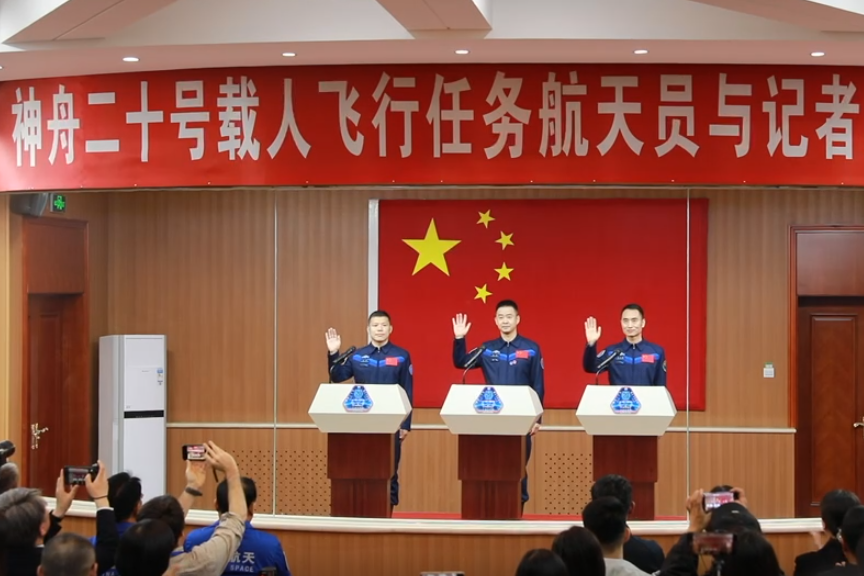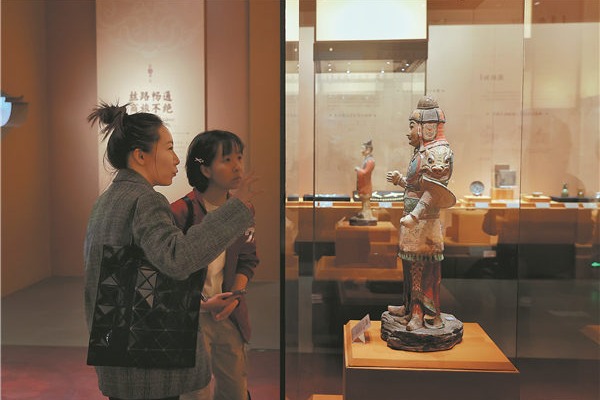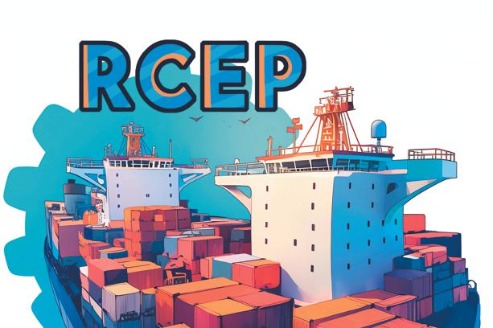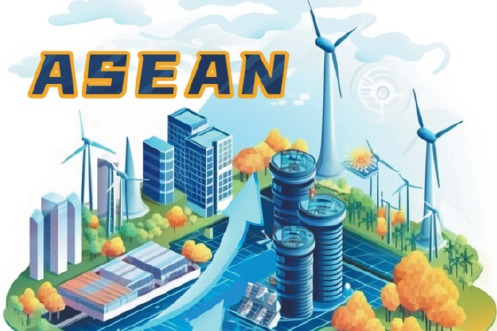Bridging tradition and innovation in library services

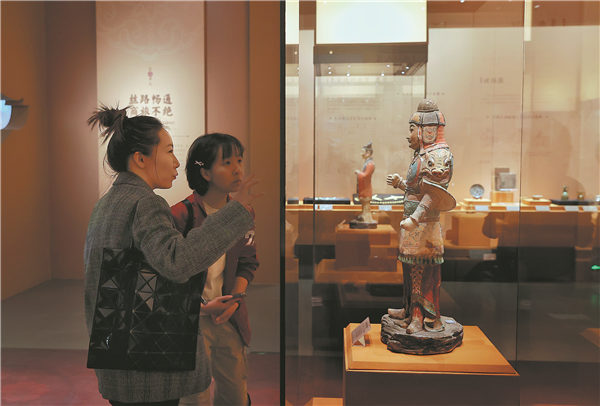
Editor's Note: This year, April 23rd marks the 30th anniversary of World Book Day. Huo Ruijuan, deputy director and research librarian at the National Library of China, shares with China Daily the library's pioneering work in AI, the enduring charm of physical books, her personal reading journey, and the changing landscape of library services. Excerpts follow.
Q: With the development of AI, what cutting-edge studies and practices has the National Library of China carried out in terms of information technology and AI applications?
A: As China's collections have evolved from traditional repositories to modern libraries, our mission has expanded from mere preservation to a balanced emphasis on both preservation and utilization. In today's era of rapid information technology advances and the emergence of AI large language models, we see enormous challenges alongside equally great opportunities. We have initiated pilot projects that leverage AI to streamline the lifecycle of our collections — automating initial processing, extracting key data, and generating comprehensive knowledge summaries. Tasks that once depended entirely on librarians' manual effort now benefit from AI-driven pre-processing, freeing our staff to focus on in-depth curation and reader engagement. We have also introduced a 24-hour digital human "Gu Zhaoxi" to provide round-the-clock assistance, demonstrating how AI innovations can enhance traditional services.
Q: With the growing popularity of new reading mediums like e-books and audiobooks, what unique and irreplaceable charms do you believe printed books have in terms of reading experience and cultural value?
A: While digital innovations enrich access, printed books possess sensory and artistic qualities that digital formats simply cannot replicate. The gentle rustle of turning pages, the subtle variation in paper texture under your fingertips, and even the faint scent of ink engage multiple senses in a way that feels deeply personal. Moreover, design elements — traditional binding techniques such as butterfly binding, embossed covers, exquisite bindings, and pop-up features in children's editions — imbue each volume with an aesthetic richness. These multidimensional experiences connect readers not only to content but also to cultural heritage, making paper books irreplaceably tactile and emotionally resonant.
Q: Which reading medium do you prefer? Could you share your daily reading habits and methods?
A: Personally, I still prefer reading printed books. The physical presence of paper helps me concentrate more fully, and I appreciate the ritual of handling a book. However, I choose my reading medium according to content and context. Digital platforms offer convenient access to summaries, audiobooks, and community discussions—book reviews, online salons, and social reading groups—that enrich my understanding. Additionally, I follow a spirit-oriented approach, selecting materials that nurture both my intellectual and emotional well-being. Ultimately, I believe a hybrid approach, guided by reader preference and purpose, offers the most comprehensive reading experience.
Q: In recent years, what innovative measures have libraries implemented in space design, service scenarios or operational models?
A: Libraries have pursued innovation on multiple fronts. Spatially, we've developed 24-hour unattended lending kiosks and networked public library service systems that extend services beyond traditional walls. Culturally, we’ve integrated creative industries and tourism—partnering with cultural sites and educational institutions to host reading salons and pop-up exhibits. Technologically, we’ve deployed AI-powered services such as our digital human "Gu Chaoxi", available round-the-clock to assist readers. We're also exploring immersive technologies that transport visitors to historical scenes, creating deeply engaging experiences.
In addition to technological and spatial innovations, the National Library of China has also focused on preserving collective memory through a more humanistic approach. Since 2012, it has launched the China Memory Project, focusing on important figures, major events, and cultural-historical records, primarily in the form of oral history. Through professional library interviews, cataloging and content processing, the project integrates multimodal resources to better serve readers and preserve historical narratives.
Q: How does the National Library of China engage in international cooperation? What are the future directions for such cooperation?
A: International collaboration is integral to our mission. We have partnered with national libraries from Russia, Japan and the United Kingdom to exchange collections, co-curate exhibitions and share expertise in digital preservation and metadata standards. Recently, we signed an agreement with the National Library Board of Singapore to host joint exhibitions and resource exchanges. Looking ahead, we aim to expand alliances under the Belt and Road Initiative, develop shared digital platforms for multilingual access, and leverage AI to facilitate global bibliographic networks and multilingual catalogue integration.

The views expressed don't necessarily represent those of China Daily.
If you have a specific expertise, or would like to share your thought about our stories, then send us your writings at opinion@chinadaily.com.cn, and comment@chinadaily.com.cn.





















